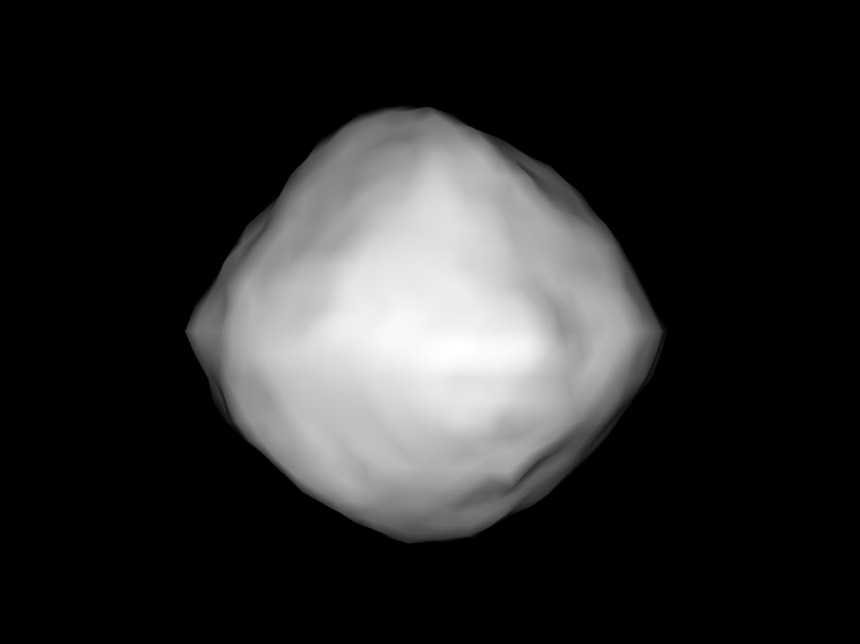Return and Analyze a Sample
Return and analyze a sample of pristine carbonaceous asteroid regolith in an amount sufficient to study the nature, history, and distribution of its constituent minerals and organic material.
Create Maps of the Asteroid
Map the global properties, chemistry, and mineralogy of a primitive carbonaceous asteroid to characterize its geologic and dynamic history and provide context for the returned samples.
Document the Sample Site
Document the texture, morphology, geochemistry, and spectral properties of the regolith at the sampling site in situ at scales down to millimeters.
Measure the Orbit Deviations
Measure the Yarkovsky effect, a thermal force on the object, on a potentially hazardous asteroid and constrain the asteroid properties that contribute to this effect.
Compare to Telescope-based Observations
Characterize the integrated global properties of a primitive carbonaceous asteroid to allow for direct comparison with ground-based telescopic data of the entire asteroid population.
A radar derived shape model of Bennu (~500 m diameter) provides hints as to the complexity we will discover with close-up reconnaissance.

Image credit: NASA/NSF/Cornell/Nolan